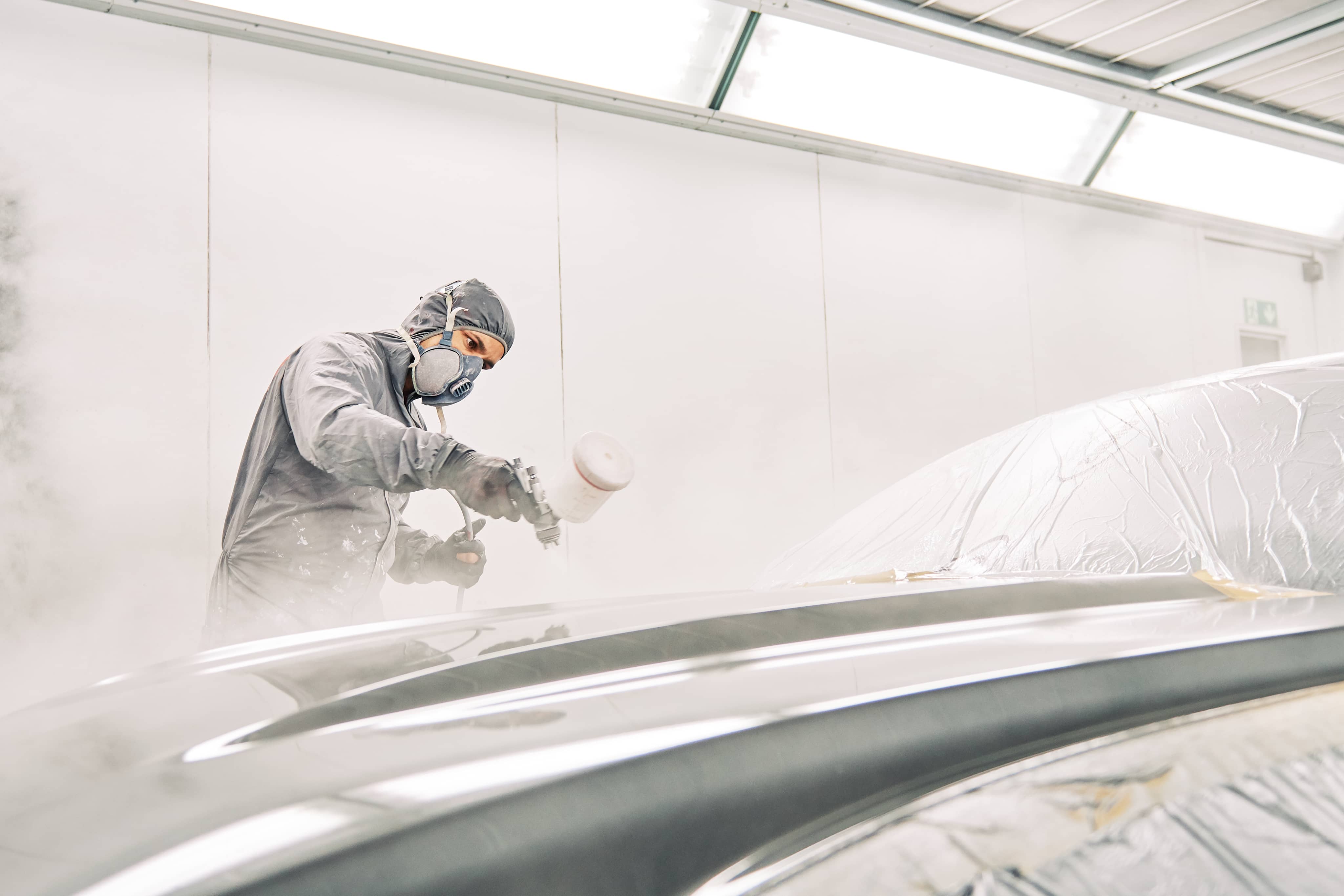As leaders in our organization, we are often caught in a constant problem-solving mode when a crisis arrives. Let's face it, our team, our loved ones, and anyone else that depends on us get extremely "self” focused. They are struggling with the crisis and how it impacts them. They are looking to you to help them solve their problems. After all, you are the leader, director, CEO, father, mother… right?
But that is what we signed up for isn't it? We didn't take on this task for notoriety and we don't ever expect people to ask how "we” are doing, do we? Not at all. We have a tribe to lead through this crisis and we need to do it.
So while you continue to spin plates and put out fires, manage cash, deal with morale, and everything else put on your shoulders, you are probably wondering how and when to dig out of this hole. Well, here are three things to do that should help you on your climb out.
How to lead your organization through a crisis
1. Paint a picture of the future
Ok fine, you aren't a fortune teller, but you need to start understanding what the other side of this is going to look like: for your organization, the industry you are in, your team, your customers (constituents) or your family. If you are not quite sure, then now is the time to research, ask and understand. Take this opportunity to seek wisdom and insight. Ask God for it and ask those in your industry or community that you respect.
One thing I can almost assure you, it will not go back to how it was. One thing most of us don't like to hear is that a crisis will bring about permanent change. Yet they almost always do. A cancer diagnosis can bring about permanent change to a family and a person's lifestyle. A human crisis like 9/11 brought about permanent change to air travel. And a global pandemic like COVID-19 will bring about widespread permanent changes to how society functions and interacts with each other.
Once you have an idea of what the other side looks like you can start taking action now to prepare for it.
2. Understand the gaps between this side and the other side.
So the future (the other side of this) will be different. You have an idea of how it will look and now you need to build a plan to adjust to it. First, you need to identify the gaps. Where is your organization today and where does it need to be in the future? What will your customers or constituents look like? How will they interact with your business? By what means?
If you are a restaurant, you may be thinking about how to rearrange your restaurant to allow for more social distancing, or expecting your customers to eat more takeout. If you are a hair salon, do you stagger appointments or space out booths?
If you are a charity, will your donors prefer to support you remotely? Will you run big fundraising events or more virtual fundraisers? How will you reach a remote audience to convey your message and needs?
3. Build a plan to get there.
Now is the time to start planning for how you get there. What physical, structural, or logical changes need to be made to prepare you for the future. You can't wait until the future comes. It will be too late! You need to start the process now.
Ask yourself, what platforms, partners, vendors am I using today and are those the right types of companies to help me in the future? Is my business structured properly for how the future will look? Do I have the right types of resources (staff)?
This will also be a good time to go back to those people from whom you sought wisdom in step 1. This could be your Board, mentors, family members or God. Review the gaps and your plan to address them… and also the timeline.
Leading an organization through a change like this is not easy. But you are up for the job because you have the job (some indirect positive motivation there). People are counting on you as they always have. While they look to you for their immediate problems, you must also be thinking about their future: something they are blind to right now.
Best of luck.
It's time to get started.
What’s a Rich Text element?
The rich text element allows you to create and format headings, paragraphs, blockquotes, images, and video all in one place instead of having to add and format them individually. Just double-click and easily create content.

- Numbered list
- Numbered list 2
- Numbered list 3
Static and dynamic content editing
A rich text element can be used with static or dynamic content. For static content, just drop it into any page and begin editing. For dynamic content, add a rich text field to any collection and then connect a rich text element to that field in the settings panel. Voila!
How to customize formatting for each rich text
Headings, paragraphs, blockquotes, figures, images, and figure captions can all be styled after a class is added to the rich text element using the "When inside of" nested selector system.












